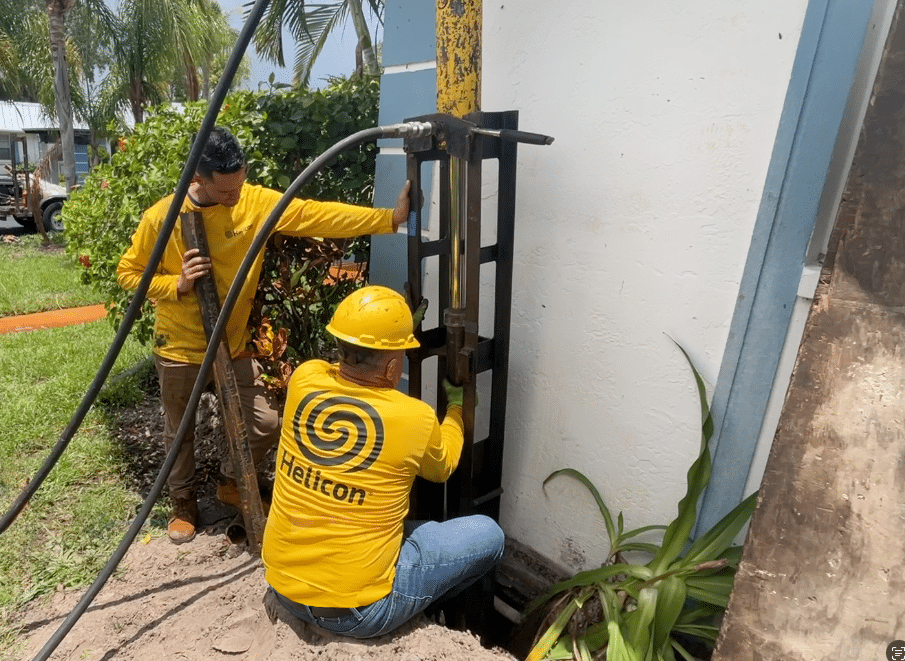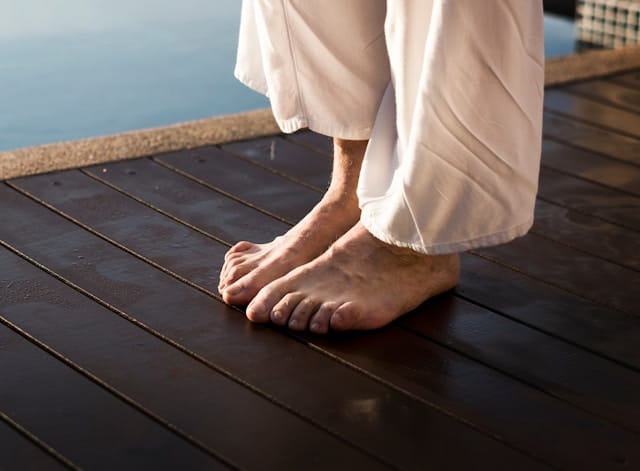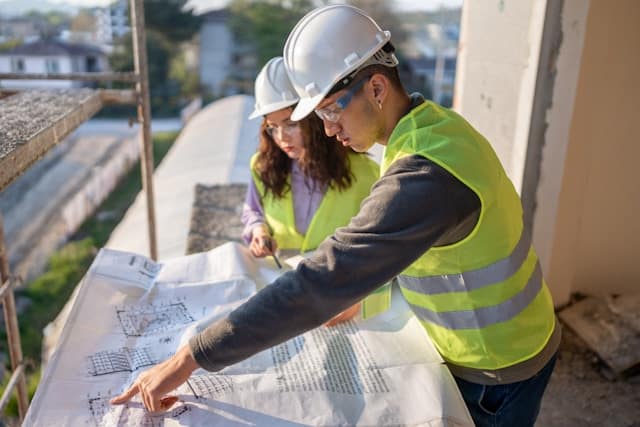Introduction
Is your home’s foundation showing signs of settling or cracks? Choosing the right underpinning system can make all the difference. Two common solutions are Push Piers and Helical Piers – but they’re not interchangeable. In fact, using the wrong method (or installing it incorrectly) could do more harm than good. Below we break down the top 4 differences between push piers and helical piers and explain why Push Piers are often the better choice – especially when soil conditions are uncertain.
1. Proper Soil Testing vs. Guesswork
Helical Piers require solid soil data; Push Piers don’t. Some competitors might skip proper soil testing and install helical piers blindly – a risky shortcut. Without a geotechnical soil boring or analysis to guide them, a helical pier might not reach truly stable ground. This is especially dangerous in clay soils that expand, contract, and can easily undermine an improperly placed helical anchor. In contrast, Push Piers take the guesswork out of the equation. They’re driven deep until they hit load-bearing strata (solid load-bearing soil or bedrock), essentially verifying stability during installation. The result? A foundation pier that’s anchored in firm ground without needing extensive up-front soil testing.
2. How Each Pier Reaches Stable Soil
Push Piers drive down to refusal, Helical Piers must know where to stop. A push pier is a steel tube hydraulically pushed into the ground using the weight of your structure. Installers continue pushing until the pier physically can’t go further – that means it has encountered rock or strong, load-bearing soil. Because of this “drive-to-refusal” method, push piers naturally find the competent layer and even get load-tested during installation (we verify each pier’s capacity once it’s in place). Helical piers work differently: they are like giant screws twisted into the earth. To work properly, a helical pier’s spiral plates need to be anchored in a stable soil layer – but you have to ensure that happens. Installers rely on accurate soil borings beforehand or real-time torque monitoring to judge when the helix has bitten into a dense, load-bearing soil. In other words, a helical pier’s success hinges on either extensive soil testing or the installer’s ability to detect the right soil resistance. Push piers simply drive straight to the solid layer without needing prior soil maps, making them more foolproof for unknown conditions.
3. Reliability in Unknown Soil Conditions
No soil report? Go with Push Piers for peace of mind. Most homeowners don’t have a detailed geotechnical report of their soil – after all, soil testing can be costly and intrusive on a residential lot. If no soil borings have been done on your property (which is very common), Push Piers are the safer, more reliable solution. Because they auto-detect the stable layer by driving until refusal, push piers effectively adapt to whatever soil is beneath your home. There’s no risk of “stopping short” in a weak soil pocket. Helical piers without a prior soil analysis are a bit of a gamble: an inexperienced installer could anchor the helix in a layer that seems firm but isn’t truly load-bearing, especially if they misread the torque. We’ve seen scenarios where improperly installed helicals didn’t reach the deep clay or rock layer and the home continued to settle (or the repair even made things worse). With push piers, you avoid that uncertainty. Bottom line: When soil conditions are uncertain, we trust push piers to get the job done right the first time.

4. Best Uses: Heavy Structures & Reaching Bedrock
Push Piers love heavy loads and shallow bedrock. If your home or building is large and heavy, push piers are often the go-to choice. Why? They use the structure’s weight to drive down, which means the heavier the structure, the deeper the pier can go into stable soil. Push piers have a very high load capacity – they are built to support massive weights once they’re locked onto solid ground. Helical piers, by contrast, can sometimes struggle with very heavy structures or require many more piers to spread the load. Another key scenario is when there’s competent strata (strong soil or rock) relatively close to the surface. Push piers excel here: they are designed to be driven until they hit bedrock or a load-bearing layer, making them perfect for stabilizing structures where reaching that firm layer is essential. (A helical pier cannot penetrate solid rock – if bedrock is shallow, a helical pier would have nowhere to go, whereas a push pier will simply bear directly on the rock.) In short, for heavy homes, buildings, or any job where anchoring on bedrock is non-negotiable, push piers provide a direct, powerful solution. Helical piers do have their place – for example, in lighter structures or when bedrock is extremely deep – but when it comes to critical load-bearing needs in unknown or challenging soils, push piers shine as the more robust choice.
Contact Helicon today for a consultation. We can help you understand the Milestone Bill requirements. We will make sure your building stays strong for years to come.
Building Trust with the Right Solutions:
Our company’s philosophy is simple – use the right pier for the right situation and base every decision on proper testing and evaluation. We don’t believe in one-size-fits-all fixes. In fact, we offer both push piers and helical piers, but we carefully analyze your home’s soil conditions, weight, and distress signs before recommending either. If the soil is unmapped or unpredictable, we’ll lean on the safety of push piers to ensure your home is anchored to truly solid ground. And if we do use helical piers, it’s backed by solid engineering and soil data, so they perform as intended.
Your home is your biggest investment, and its stability is our top priority. 🏠💪 Don’t let anyone gamble with your foundation. If you see cracks or suspect foundation settling, reach out to us for a professional assessment. Our team will diagnose the issue with honest expertise and choose the best repair method to protect your home in the long run.
Call us today at 844-Helicon for a free foundation inspection and let us secure your home with the right solution, the first time. We’re here to help you build a stronger foundation – and a safer home – you can trust for years to come. 🔧🏡





